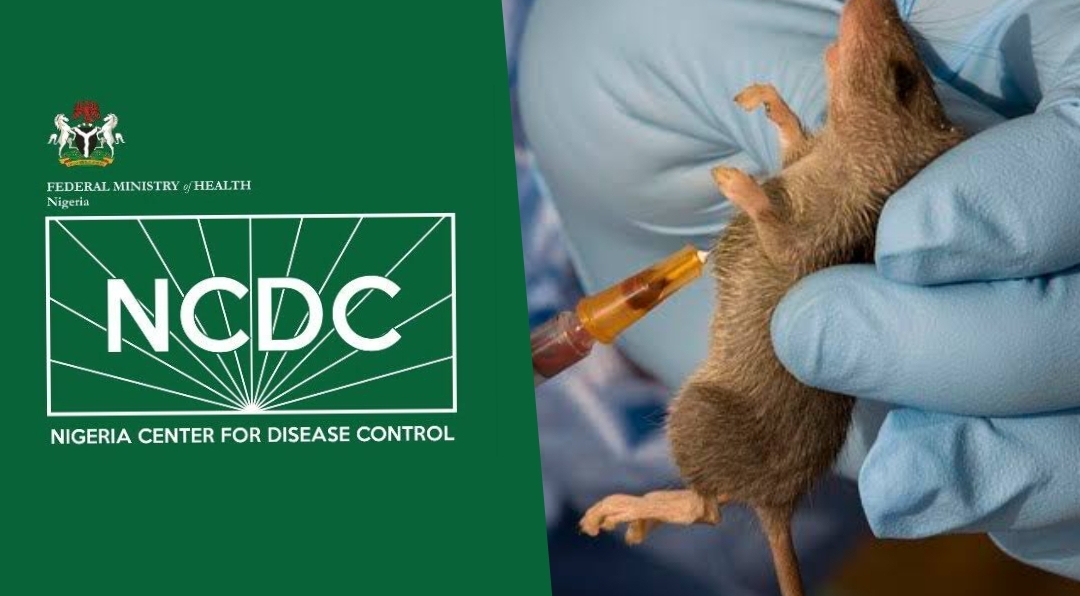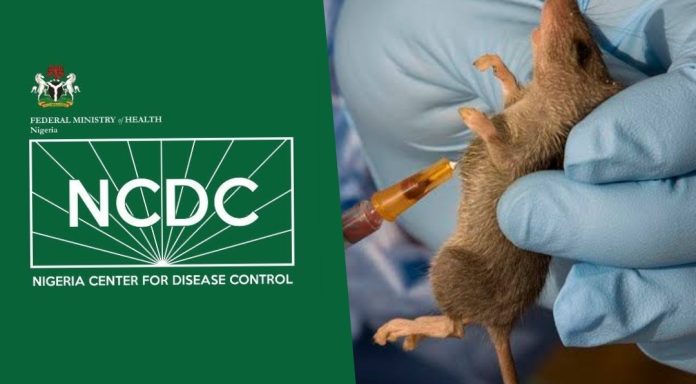
The Nigeria Centre for Disease Control and Prevention (NCDC) has confirmed the country has recorded 832 confirmed cases of Lassa fever and Mpox.
Speaking during a press briefing on Friday in Abuja, the agency’s Director General, Dr. Jide Idris, revealed that 132 fatalities were recorded from Lassa fever and three from Mpox.
While acknowledging a recent decline in Lassa fever infections during epidemiological week 16 (ending April 20, 2025), he warned that the overall risk remains high, particularly in endemic regions.
“Cumulatively, as of week 16, Nigeria has reported 4,253 suspected cases of Lassa fever, 696 confirmed cases, and 132 deaths, resulting in a case fatality rate of 19.0 percent,” he stated.
Dr. Idris attributed recent improvements to intensified surveillance, treatment efforts, and enhanced community engagement. He emphasized, however, the continued need for vigilance and collaboration to sustain progress.
Regarding Mpox, the NCDC boss disclosed that three deaths have been recorded in 2025—two in Abia and Ebonyi States in week 10, and one recently in Rivers State involving a patient co-infected with HIV and tuberculosis. As of week 16, 723 suspected cases and 136 laboratory-confirmed cases of Mpox have been reported across 35 states and the Federal Capital Territory (FCT). The national case fatality rate currently stands at 2.2 per cent.
“The epidemic curve reveals multiple peaks in Mpox cases, indicating ongoing transmission. While most states have reported suspected cases, confirmed infections are heavily concentrated in Nigeria’s southern and central regions,” Dr. Idris noted.
To address these outbreaks, the NCDC has activated its Emergency Operations Centre (EOC), deployed National Rapid Response Teams to affected states, and prepositioned essential medical supplies, including personal protective equipment and laboratory consumables. Five additional Mpox diagnostic laboratories have also been optimized in Bauchi, Kano, Cross River, Rivers, and Enugu States.
“Healthcare workers are undergoing specialized training in infection prevention, case management, and cerebrospinal meningitis (CSM) care. Community outreach is being reinforced through public awareness campaigns, media engagement, and targeted health communication strategies,” he added.
On cerebrospinal meningitis, Dr. Idris reported a consistent decline in new cases and fatalities over the last three weeks. He attributed the improvement to effective vaccination, early treatment, and adaptive surveillance strategies tailored to real-time data.
“Although the situation remains serious, strong national and state-level coordination is showing positive results. The response will continue until full containment is achieved and states take full ownership of the CSM Incident Action Plan,” he said.
Dr. Idris also expressed concern about the rising Mpox trend since its reemergence in 2017, with significant spikes recorded between 2022 and 2024, positioning Nigeria among the most affected countries globally. He warned that underreporting and delayed data entry remain challenges that need urgent resolution to ensure accurate and timely outbreak response.
A national mortality review for the recent Mpox deaths is being planned to further assess response effectiveness and identify areas for improvement.
The NCDC reaffirmed its commitment to safeguarding public health through timely surveillance, transparent reporting, and coordinated national response mechanisms aimed at reducing disease burden and preventing future outbreaks.



